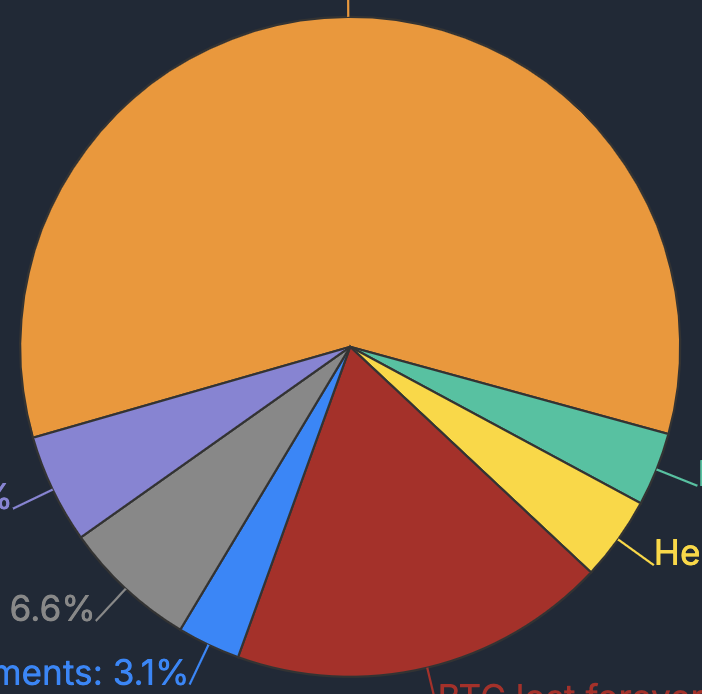Bitcoin, Trump's Tariffs, and AI Competition

In a wide-ranging discussion, Anthony Pompliano recently shared his perspectives on recent market movements, geopolitical negotiations, and the intensifying AI race between the US and China. His insights reveal fascinating dynamics at play across multiple sectors.
Bitcoin's "Crisis" in Perspective
The recent drop in Bitcoin below $100,000 has some investors nervous, but Pompliano emphasizes the need for perspective. With Bitcoin previously trading for just a few dollars, then hundreds, then thousands, today's "crash" represents just a 5% move in price. More importantly, the market's response to downward pressure has changed significantly - where previous bull markets saw 30-50% drawdowns, today's market shows much more muted responses, suggesting a strong underlying bid for Bitcoin.
Michael Saylor's consistent Bitcoin acquisition strategy exemplifies this long-term thinking. Rather than trying to time the market, Saylor's approach of regular purchases regardless of price demonstrates the power of dollar-cost averaging. With his holdings approaching 500,000 Bitcoin, this steady accumulation strategy appears to be paying off.
The Art of Geopolitical Leverage
Trump's recent tariff threats against Colombia demonstrate an interesting approach to international negotiations. Within hours of threatening a 25% tariff (increasing to 50% within a week), Colombia reversed its position on accepting deported individuals and even offered to send presidential planes to assist. This rapid reversal highlights the effectiveness of operating from a position of strength in international relations.
The strategy combines what military strategists call "surprise and violence of action" - swift, decisive moves that leave the opposing party little time to react. While some may disapprove of conducting such negotiations publicly via social media, the public nature of these threats creates additional pressure through domestic audiences in the targeted countries.
The AI Arms Race Heats Up
The announcement of China's Deep Seek AI model has sent shockwaves through the tech industry. Built allegedly with less than $6 million and 200 employees in just two months, it's claimed to be more capable than Western alternatives. While these claims should be treated with some skepticism, they serve as a wake-up call to American companies.
Rather than complaining about potential rule violations or unfair advantages, Pompliano argues that American companies need to focus on what they can control: building better products, improving efficiency, and getting AI into the hands of as many users as possible. The competition for AI supremacy isn't going to be won through complaints but through actual technological advancement.
Investment Implications
For investors, these developments raise important questions about portfolio allocation. Pompliano suggests focusing on companies that use AI rather than those that make AI, using metrics like revenue per employee to track real productivity gains. He's particularly interested in the intersection of AI and crypto, where open-source projects can be combined with token economics to create new value capture mechanisms.
However, he emphasizes that most investors would be better served by focusing on fundamentals rather than chasing the latest trends. While there are opportunities for asymmetric returns in areas like AI and crypto, these should typically represent a small portion of most portfolios, with index investing remaining a sound strategy for the majority of one's investments.
Final Thoughts
The landscape of technology, geopolitics, and investment continues to evolve rapidly. Success in this environment requires maintaining perspective, understanding fundamental principles, and focusing on what you can control rather than being distracted by market noise or competitor actions.




































